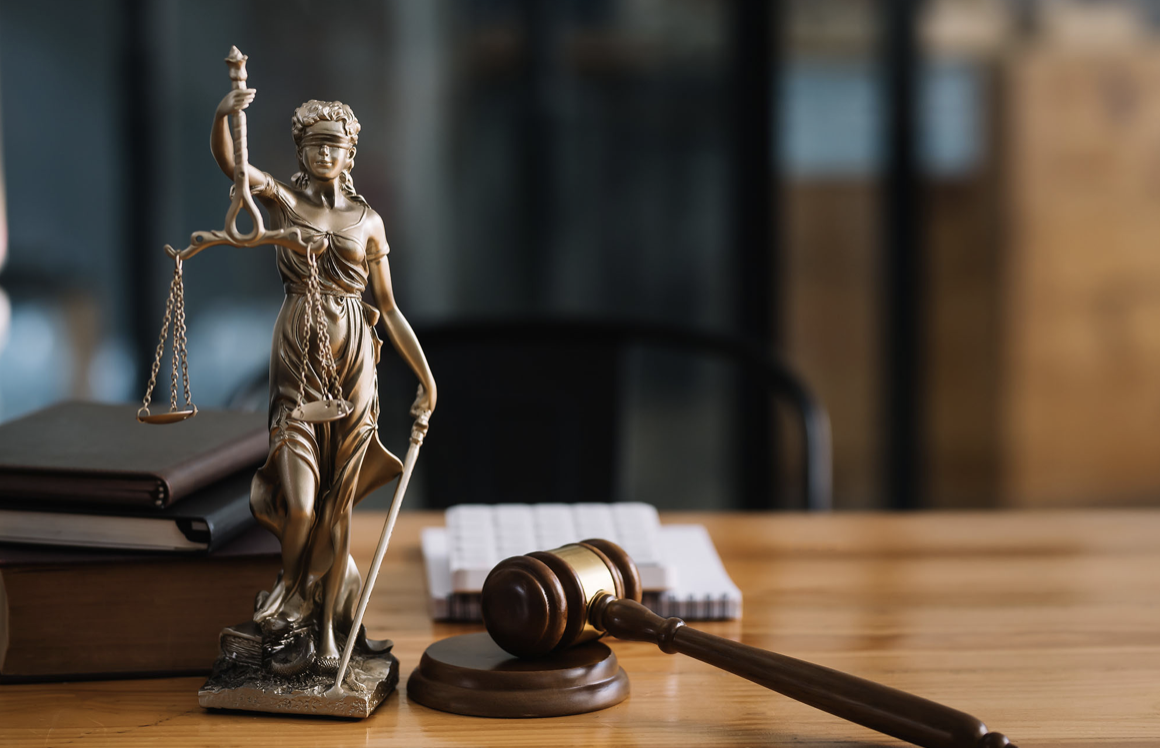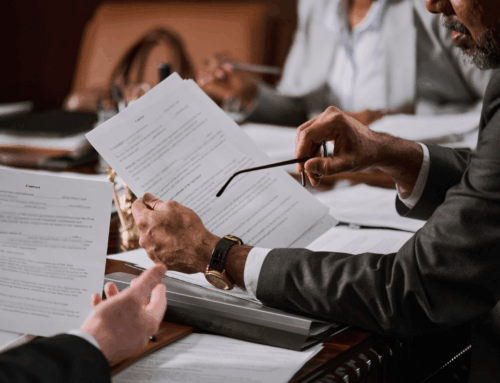The Nevada Legislature meets in Carson City on a “biennial” schedule, meaning that the official legislative session only occurs once every two years. The “legislative session” is the period in which the legislators meet. The next session of the Nevada Legislature will begin on February 3rd, 2025. Furthermore, the sessions are limited to 120 days, but they can be extended if the Governor calls for a “Special Session”. Additionally, legislators hold meetings in between sessions through “interim subcommittees”, which help make decisions. Despite new laws only being able to be passed during an official season, many of the laws that are introduced during official legislative season are developed during the interim periods.
Step 1: Idea and Drafting of the Bill
The ideas for legislation come from state and local government, elected officials, businesses, organizations, and citizens. After the idea for the legislation is formed, the bill is drafted. The requests for drafting may be made by Legislators, legislative committees, the Governor, constitutional officers, the Nevada Supreme Court, state agencies, local governments, and certain other entities named in the statute or legislation. Following the request for a bill draft, a staff attorney for the legislature prepares a formal draft of a bill.
Step 2: Action in the House of Origin
When the Nevada Legislature is in session, the bills are introduced by a Legislator or committee chair in the House of Origin (the Assembly or the Senate, depending on where it was initially submitted). After the introduction of a bill by a Legislator or committee chair, each bill is then numbered, read for the first time in the legislative House of Origin, referred to a committee, printed, and delivered to the committee.
When the committee convenes, they hold a hearing to take testimony and gather information about the bill. The committee will then make a plethora of recommendations to the entire legislative body. Some possible recommendations may include:
- Passing the bill as it is written
- Passing the bill with amendments
- Re-referring the bill to another committee for further consideration
- Not passing the bill at all
Furthermore, the committee may also send the bill back to the full House without any recommendation. Likewise, the committee could indefinitely postpone consideration of a bill, effectively killing it. In the case that the committee were to not take any of these actions, the bill will have failed.
If the committee gives the recommendation of “Do Pass”, the bill is read a second time and then placed on a General File for Action. Similarly, if the bill receives the recommendation of “Amend and Do Pass”, the bill is read a second time, and if the amendment is adopted at the second reading, then the bill is reprinted before being placed on a General File for Action.
A bill placed on a General File for Action will be read a third time and then debated in the House. Following the debate, a roll call vote occurs for legislatures to pass or fail the bill. The Passage of most bills require eleven (of the 21 members) in the Senate and twenty-two (of the 42 members) in the Assembly to vote in favor of the bill. However, bills with tax or fee increases requires a two-third majority in both Houses. Any bill that does not receive at least the required number of votes is defeated. After the vote, a legislator may make a motion to reconsider the action, following the rules adopted by each House. All bills that are passed in the House of Origin are then forwarded to the Second House (the Assembly or the Senate, depending on where it was initially submitted) for consideration.
Step 3: Action in the Second House
The method of processing bills in the Second House is almost identical to the process in the House of Origin. If the bill is able to pass in the Second House without an amendment, it is enrolled and sent to the Governor. However, if the Second House amends a bill, it is returned to the House of Origin for consideration of the amendment.
Step 4: Resolution of Differences (if necessary)
If the Second House passes the bill with an amendment made, then the bill will go back to the House of Origin. In the House of Origin, the Legislatures will then be tasked with deciding if they accept the Second House’s amendment. In the case that the Legislatures accept the amendment, the bill is then sent to the Governor. However, if the amendment is rejected the bill is returned to the Second House for them to decide on whether to withdraw the proposed changes.
In the case that the Second House still does not wish to withdraw their proposed changes, then the bill is referred to a committee which includes members of both Houses. Specifically, the combined committee is made up of 3 members from each House (two of whom voted in favor of the bill). The goal of the conference committee is to resolve the differences and present its recommendation in the form of a conference report. If the committee is able to come to an agreement, the conference report is then presented to both Houses. In the case that both Houses adopt the report, the bill is enrolled and sent to the Governor. However, the bill will ultimately fail if the members of the conference committee are unable to reach an agreement, or a conference report is not adopted by both Houses.
Step 5: Governor Action
Assuming that the bill has passed in both the House of Origin and the Second House, the bill is then sent to the Governor. The Governor must act on the bill within five days after it is received (Sundays excepted) if the Legislature is still in session. However, if there are fewer than five days remaining in a session, or if the bill is delivered after adjournment with no appointed date for resumption, then the Governor has ten days (Sunday excepted) to act. When the Governor receives the bill, they may:
- Sign the bill into law
- Not sign the bill within the period allowed, effectively allowing the bill to go into law without his/her signature
- Veto the Law
Step 6: House Action (if necessary)
In the case that the bill is vetoed by the Governor, then it will be sent back to the House of Origin. If the Legislature is still in session, then a two-third vote is required for both Houses to override the veto. However, if the legislature is no longer in session, the bill will return the following legislative session.
Sources:
https://www.first5nevada.org/news-and-articles/overview-of-the-nevada-legislative-process/
https://www.leg.state.nv.us/assembly/committees/committee-details/
https://www.leg.state.nv.us/Division/Research/Documents/LegProcessChart.pdf





